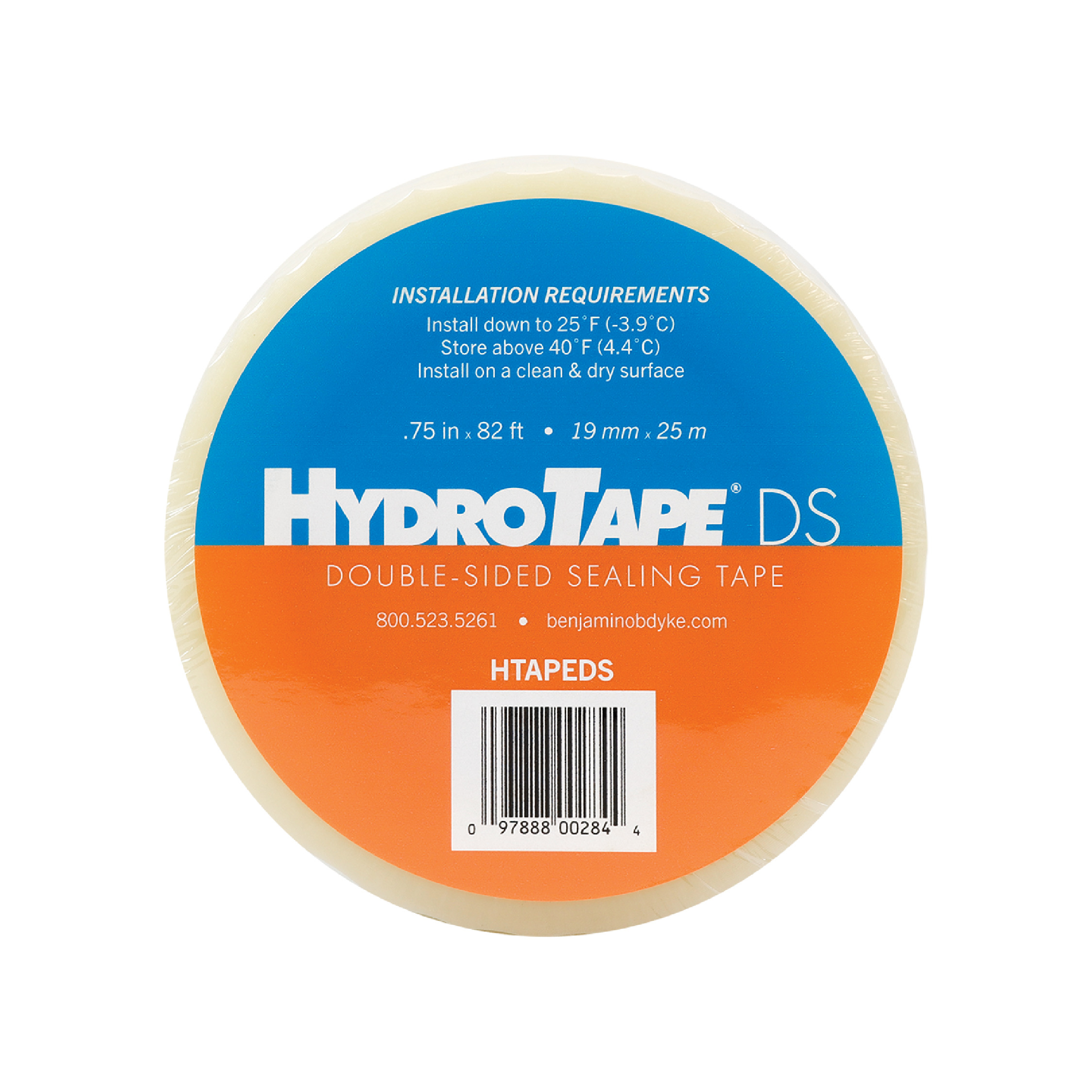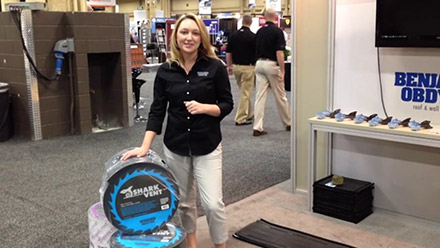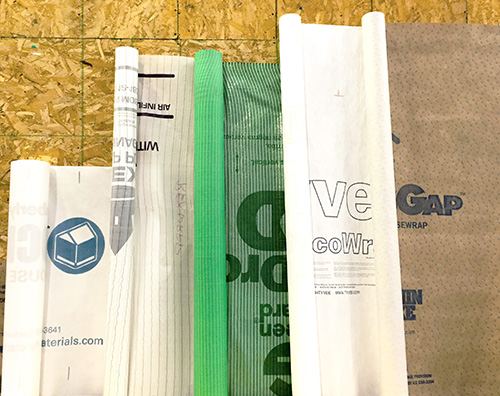Builders have been taping housewrap seams for decades – and while it may seem like an easy, foolproof solution for preventing moisture intrusion, it can actually have negative effects on your project. Anything less than a 100% perfect application can cause the tape to bubble or fishmouth, creating an entry point for moisture. Because of this, some installers are switching up their seam product go-to and using double-sided seam tape to do the job. To give more background on this growing issue, we spoke with Kevin Thompson, founder of The Green Valley Group, who specializes in stucco inspections, home inspections, thermal imaging, and building envelope forensic consulting.
Click here to get the details on HydroTape DS.
Using Double-Sided Tape to Avoid Wall Failures
In the late ’90s and early 2000s, it was common to do whatever you could just to meet the requirements. Standard flat housewrap with traditional seam tape? Check it off the list and move on. However, over the years, building science experts have questioned whether the bare minimum standard is the best we should be doing. This thinking and furthered education about moisture management prompted many builders to upgrade their products and installation techniques. For example, the drainable housewrap market is thriving, as many recognize and understand the importance of getting water out of the wall assembly quickly and effectively.
This has opened the door for us to discuss why it makes sense to use a double-sided product to tape housewrap seams over traditional seam/flashing tape in most instances. When using conventional seam tape, you often need to work around staples or cap fasteners, which can cause your tape to wrinkle. Using a double-sided sealing tape featuring an acrylic adhesive, like HydroTape DS, you won’t need to worry about wrinkling or new penetration points that allow for moisture intrusion – and it’s easy to use.
“I recently constructed a pole barn where I wanted to ensure that moisture stays out. For this, I used a combination of HydroGap and HydroTape DS. This was my first time trying the new double-sided sealing tape, and it was quick, easy, and simple to install. I’ve long been an advocate for this type of product, and I’m glad there is something on the market that checks the boxes. HydroTape DS has acrylic adhesive technology that works to keep water flowing out of the assembly while still providing an air barrier. It’s a two-birds, one stone type of product,” said Kevin.
Initially, one might have a learning curve when working with a new product like this. However, once you nail your first couple of uses with it, you’ll be finessing your technique in no time.
Here’s a pro tip from Kevin: Get your sequencing right, and it’ll be a breeze. Once you’ve installed the bottom layer of housewrap, add your tape to the surface, apply pressure to the release liner, then hang the next layer of housewrap. Once you’ve created your overlap, peel away the protective layer and connect the layers by applying pressure to the surface area of the housewrap that covers the tape.
Want more tips from Kevin? Be sure to check out his Instagram page. This post in particular shows the importance of proper installation, even among popular products
Quality Control is the Biggest Obstacle
More often than not, the products that will help you build to your best level already exist. So, the first question you have to answer is: do I want to use products that will provide long-term protection for the building envelope? If you answered yes (we hope so), then the next step is to learn about what products you should use. More often than not, you won’t add an extra step to your process, rather you’ll replace a product you already plan on buying with something that is better.
Quality control is at the forefront of most job sites, but the ones that prosper and power through are the ones that truly care about what they’re doing. If you’re investing in the best products, you should also dedicate the resources to training and continued education for your installers. At the end of the day, it comes down to the application.
If you’re ready to ditch the conventional seam tape, let’s get your hands on some HydroTape DS. Let’s connect!




